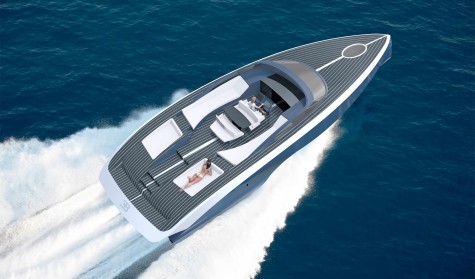Human Bionics
After watching Ghost in the Shell, directed by Rupert Sanders, aside from being struck by the breathtaking cinematography, the thrilling plot, and the Scarlett Johansson’s stellar performance, we were startled by how the fictional reality shown in the movie comprises of such imaginative and seemingly fantastical scientific advancements. This led us to question whether any of these advancement will ever become real. Our findings surprised us.
Originally, we had the preconception that what was presented in the film was impossible and everything that we read would counter the theories presented in the movie. However, after we did some research about current technological achievements, we discovered stories that proved us wrong: bionic eyes, prosthetic legs, and other incredible inventions.

Bionic Eyes. What are we talking about? While regaining sight is believed to be implausible, this is exactly what bionic eyes promise to do. This invention provides enhanced electronic stimuli at the cornea of the eye, which will then support optic nerves in signaling visual cues to the brain – essentially, it acts as a visual aid for the blind similar to how a hearing aid works for the deaf. With bionic eyes already in research and development, our modern science is reaching one step closer to the portrayed laser and night vision.
Another shocking success is with prosthetic legs. Hugh Herr, a talented mountain climber, fell into despair after climbing the ice route on Mount Washington where he and his team was caught in a blizzard. This soon led to him getting severe frostbites and ultimately having to amputate both of his legs. However, with zeal and determination, Hugh Herr did what no one thought he could ever do again: mountain climbing. With background of a PHD in biomedical engineering, Herr designed his own prosthetic legs, customized to fit mountain climbing, and even outperformed his former able-bodied self. This story shows us just one of the potentials of bionics and again brings us even closer to the science-fictional reality of mechanically advanced superhumans.
But this brings us to a controversial question: To what extent are we considered to be humans? If one of our brain cells are replaced with a nanochip that has the exact same function, then we surely consider ourselves to be fully human. But what if another cell was replaced with a mechanical part, and another, and so on? While human bionic technology provides us with great benefits, we must also be ready to embrace a world where robots and humans coexisted without a clear separation.







